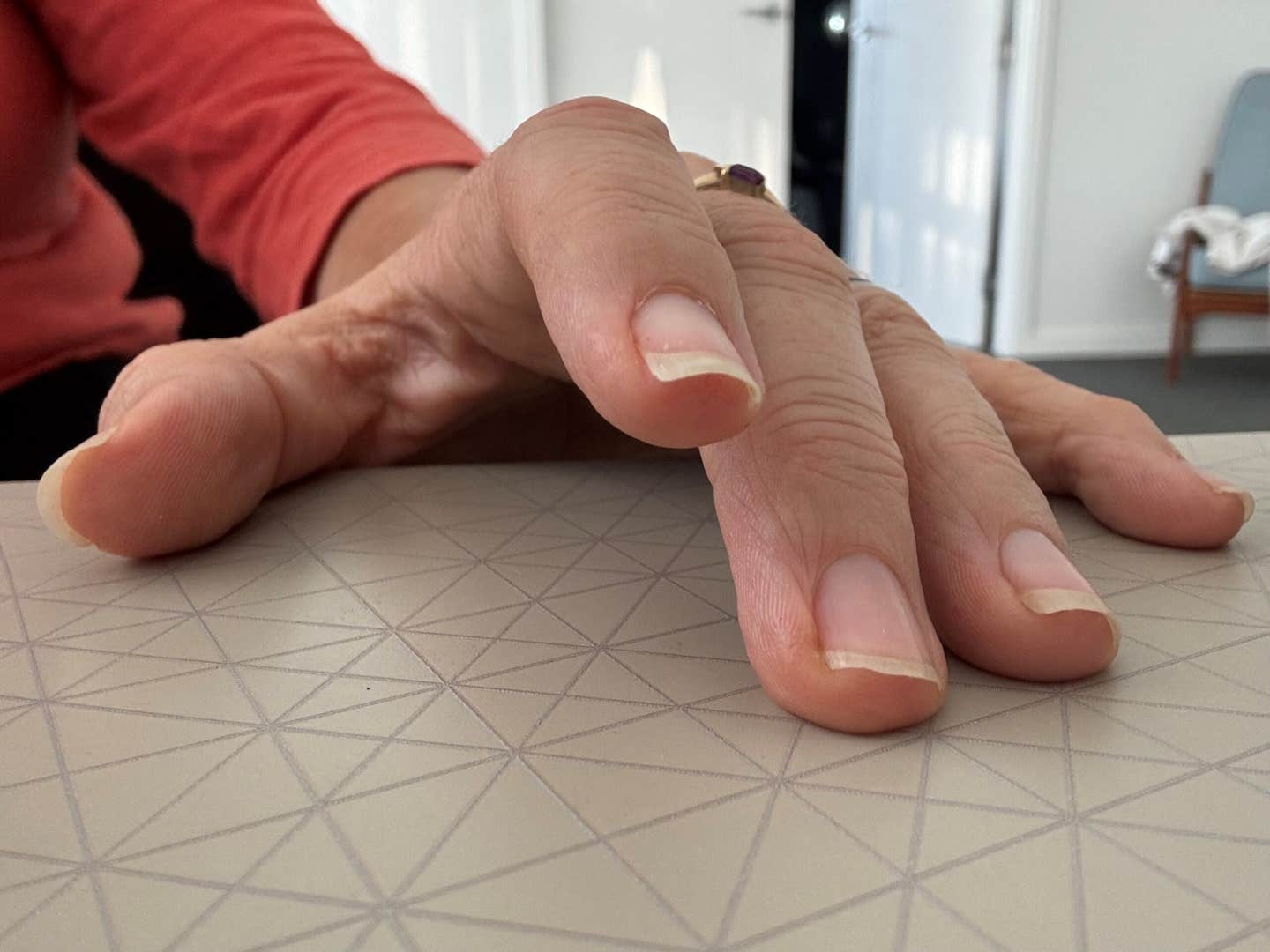New study challenges the health benefits of standing
New study finds that standing more doesn’t protect against heart disease and may raise other circulation risks. Movement is what matters most.

Standing doesn’t protect the heart from sitting risks—and too much of it may hurt your circulation. (CREDIT: ANDRE YPOPOV / GETTY IMAGES)
In today’s fast-paced world, long hours spent sitting—at a desk, in a car, or in front of a screen—have become the norm. To fight the effects of all that sitting, many people are turning to standing desks and spending more time on their feet. Standing has been promoted as a healthier alternative to sitting, but does standing really offer the benefits we hope for?
New research suggests the answer is more complex than we once thought.
The Rise of Standing as a "Healthier" Habit
As concerns about sedentary lifestyles grow, the trend of standing more has taken hold. People in offices are swapping their chairs for standing desks. Workers in industries like retail or customer service spend hours upright, hoping this posture protects them from heart disease and other health problems linked to too much sitting.
But standing, it turns out, is not a guaranteed fix.
A large-scale study by researchers at the University of Sydney has revealed that standing for long periods does not improve heart health over time. In fact, it may even increase the risk of certain circulatory issues, such as varicose veins and deep vein thrombosis. These findings challenge the idea that standing alone is a good substitute for moving more.
What the Science Says About Sitting and Standing
The study looked at over 83,000 adults in the UK, none of whom had heart conditions at the start of the research. Participants were followed for seven to eight years. They wore high-quality wrist devices to track their posture and movement throughout the day. Unlike earlier studies that relied on people to remember and report how much time they spent sitting or standing, these devices gave far more accurate results.
Previous research often lumped sitting and standing together as "stationary behavior," meaning low movement and energy use. While some earlier studies suggested that replacing sitting with standing could improve metabolic markers like cholesterol or blood sugar, few had looked at long-term heart disease or death risk. Even fewer considered whether standing and sitting affected specific types of heart and circulation problems differently.
Related Stories
This new study, published in the International Journal of Epidemiology, separated these two behaviors and explored how each was linked to heart problems such as coronary artery disease, stroke, and heart failure, along with other circulatory issues like poor blood flow when upright.
The findings were clear: sitting more than 10 hours a day raised the risk of both cardiovascular disease and orthostatic circulatory problems. Orthostatic conditions relate to how the body reacts to being upright, like dizziness or fainting upon standing. These can also include more serious issues with veins and blood pressure regulation.
However, standing more did not lower the risk of heart disease. And for some, it actually raised the risk of circulatory trouble.
Why Posture Alone Isn’t Enough
So why doesn’t simply standing more help the heart? It turns out that both sitting and standing can strain the body in different ways. Sitting too long is linked to weaker heart function, poor blood sugar control, and reduced blood flow. But standing too long can also put stress on veins and lead to blood pooling in the legs.
“There’s a belief that standing desks are a simple solution to the health problems caused by sitting all day,” said Dr. Matthew Ahmadi, lead author of the study. “But our results suggest that’s not the case. The key takeaway is that standing for too long will not offset an otherwise sedentary lifestyle and could be risky for some people in terms of circulatory health.”
What makes matters worse is that previous studies often couldn’t tell whether someone was sitting or standing because the devices used were worn at the waist and mostly tracked walking or movement. That led to inaccurate results and added to the confusion about how much sitting or standing affects the heart.
The new research avoided this problem by using devices that could detect posture. It also accounted for different types of heart and circulation conditions, something many earlier studies didn’t do. That gave researchers a clearer view of how sitting and standing affect different parts of the cardiovascular system.
Movement Is the Missing Piece
Though standing might not be harmful on its own, and may even offer some minor short-term benefits, it’s not the full answer. What truly helps lower heart risk is movement.
“Take regular breaks, walk around, go for a walking meeting, use the stairs, take regular breaks when driving long distances, or use that lunch hour to get away from the desk and do some movement,” said Professor Emmanuel Stamatakis, senior author of the study.
He stressed that staying active throughout the day—even in small doses—is key to better health. His previous research showed that just six minutes of intense exercise or thirty minutes of moderate activity each day could greatly lower heart disease risk, even for people who sit for more than 11 hours a day.
That doesn’t mean everyone has to hit the gym or run marathons. Regular, brief periods of walking, climbing stairs, or even stretching can make a difference. What’s important is to keep the blood flowing and muscles working.
Why the Findings Matter
This study highlights a major gap in public health advice. For years, people have been encouraged to stand more without much evidence to back up the benefits. Now, with stronger data, it’s clear that standing may not provide the heart protection people expected—and could even create new risks if done for too long without breaks.
The goal shouldn’t be to trade one still posture for another. The real focus should be on breaking up long periods of stillness with movement, whether that’s walking, stretching, or exercising.
While sitting too much clearly harms the heart, simply swapping it for more standing won’t fix the problem. Instead, the key to a healthy heart lies in a balance of standing, sitting, and most importantly—moving.
Note: The article above provided above by The Brighter Side of News.
Like these kind of feel good stories? Get The Brighter Side of News' newsletter.
Mac Oliveau
Science & Technology Writer | AI and Robotics Reporter
Mac Oliveau is a Los Angeles–based science and technology journalist for The Brighter Side of News, an online publication focused on uplifting, transformative stories from around the globe. Passionate about spotlighting groundbreaking discoveries and innovations, Mac covers a broad spectrum of topics—from medical breakthroughs and artificial intelligence to green tech and archeology. With a talent for making complex science clear and compelling, they connect readers to the advancements shaping a brighter, more hopeful future.



